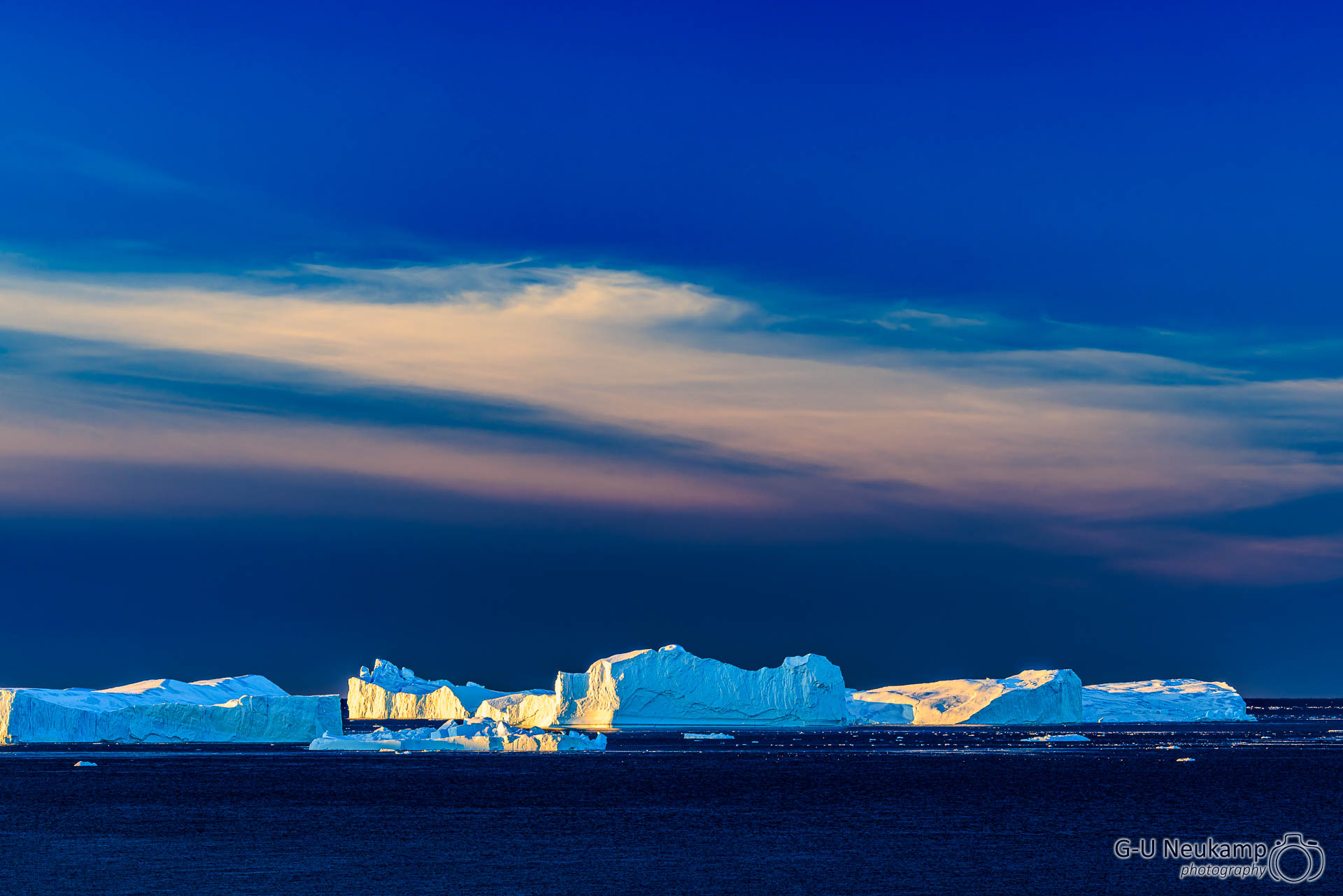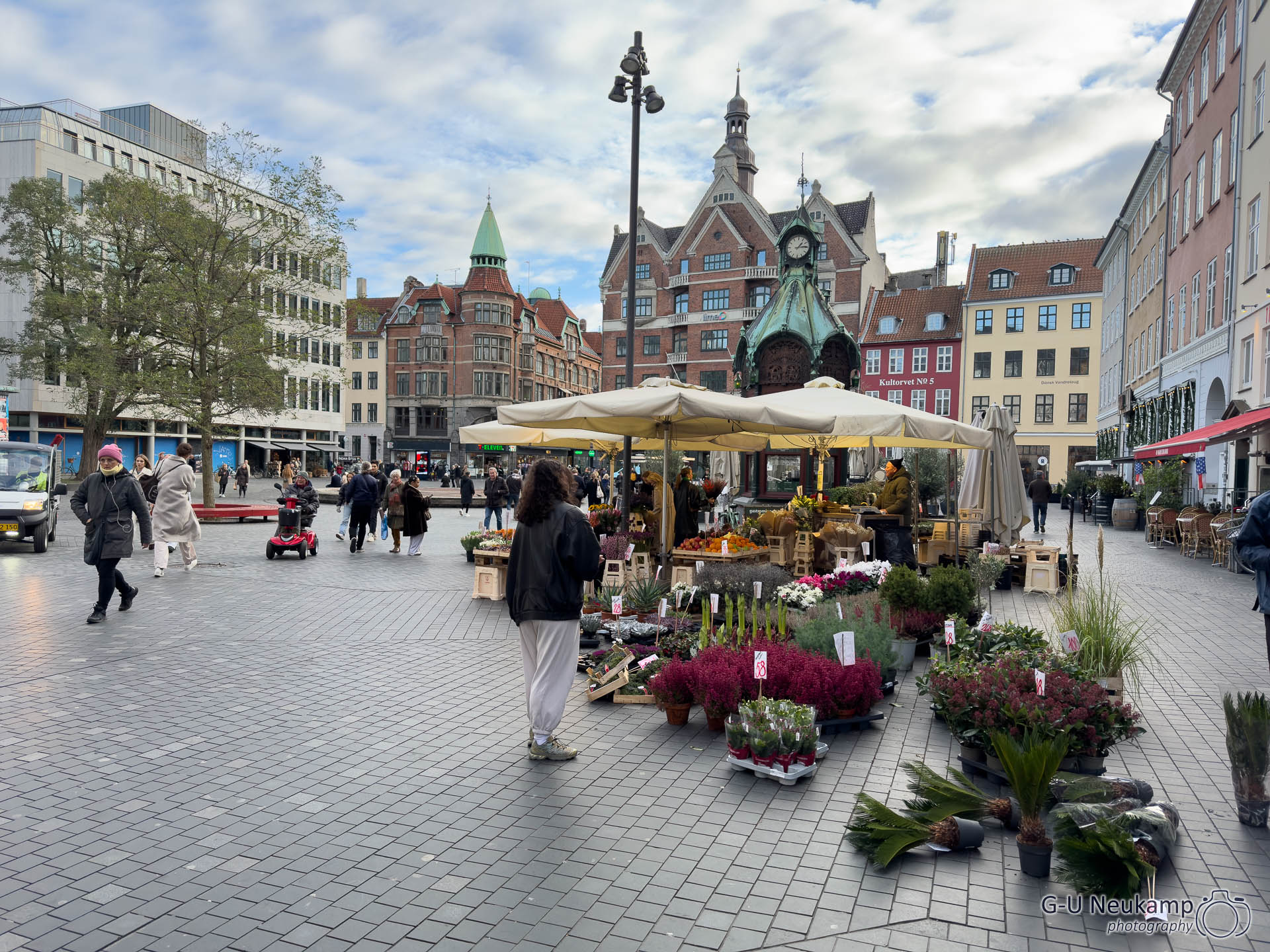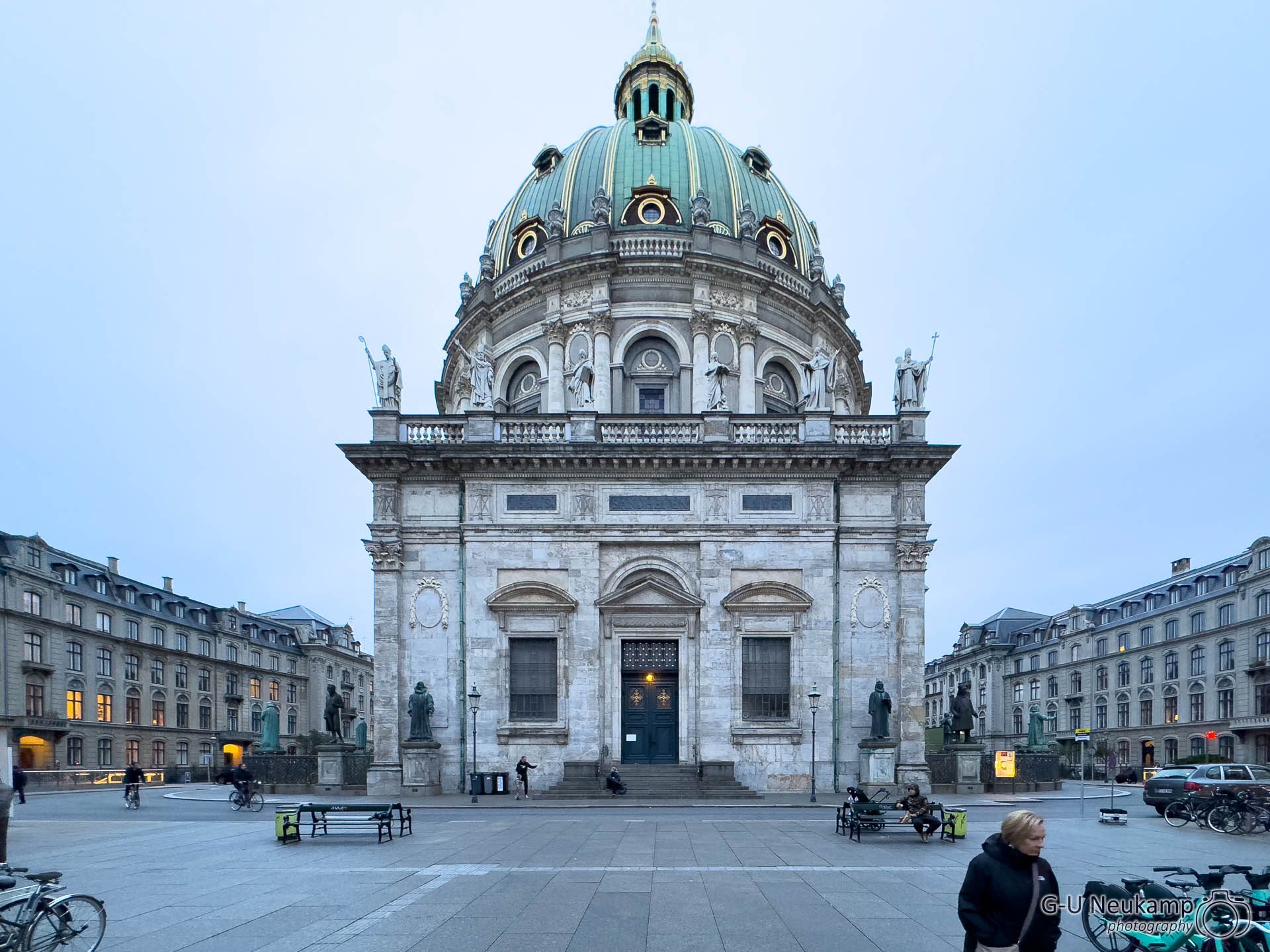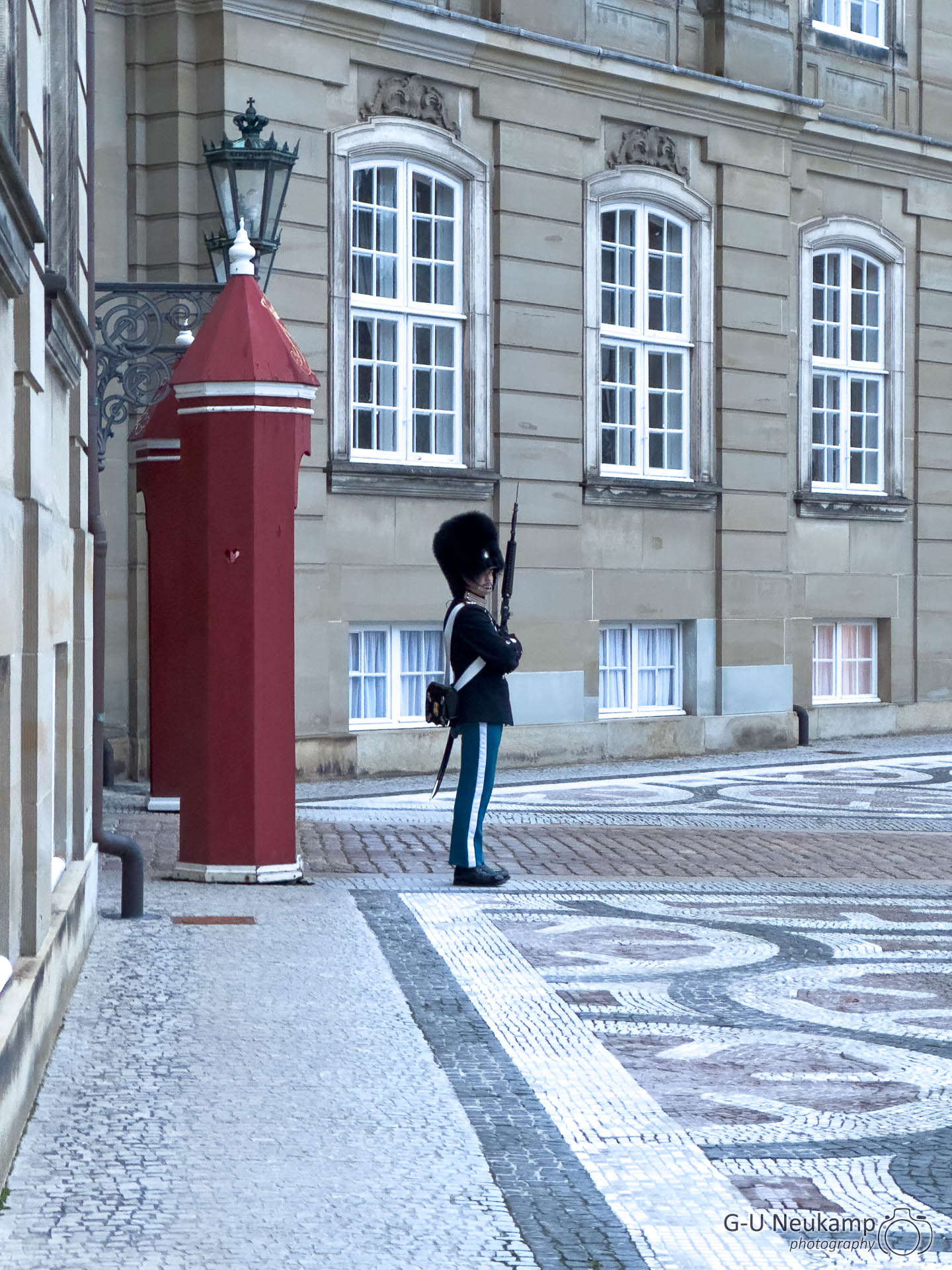In November 2023, we were drawn to the far north for the first time, and I really do mean the very far north. Our friends Andrea and Harry had booked a short trip to Ilulissat in West Greenland with Greenland Travel in late fall and asked us if we wanted to come with them, which we quickly agreed to. The best pictures from the trip can be found in my gallery, here follows a more detailed report about the trip.

As you can easily imagine from my previous travel reports, I have always preferred trips to warmer climes, so this trip was completely new territory for us. We started by informing ourselves intensively about the country, people and climate and became more and more curious.
Greenland and Ilulissat
Greenland is the largest island in the world and a politically self-governing part of Denmark. On Wikipedia you can find:
“The entire Greenlandic interior is covered by an ice shield that rests on a basin that is partly below sea level. It makes up four-fifths of the land area. The ice-free coastal areas cover around 410,000 km² and are therefore slightly larger in area than Germany. Estimates of the total area of Greenland vary between 2,166,086 km² and 2,486,000 km².”
To give you an idea of its size, Germany has an area of just 360,000 km². Despite its size, Greenland only has around 56,000 inhabitants - roughly the same as the population of my home town of Willich.
Ilulissat is located in the west of Greenland near Disko Island and is one of the best-known Greenlandic towns - but there aren’t very many. The Ilulissat Icefjord, which flows into Disko Bay and was declared a UNESCO World Heritage Site in 2004, is located slightly to the south. The Greenlandic word Ilulissat means “icebergs” and the name speaks for itself.
The city is located next to the ice fjord of the same name, which is fed by the Sermeq Kujalleq glacier. Sermeq Kujalleq is one of the most active glaciers on earth. It advances about 30 meters further into the fjord every day and gigantic icebergs regularly break off from it, a process known as “calving”. These then slowly drift by in front of Ilulissat. It is said that around 10% of the North Atlantic icebergs originate from here. The iceberg that sank the Titanic is also said to stem from here.
With around 4700 inhabitants (and around 3000 sled dogs), Ilulissat is the third largest town in Greenland.
Why travel to Greenland in November?
So not only did we head to the cold far north, the trip also took place in late fall. Ilulissat lies north of the Arctic Circle, which means that the sun does not rise there from the beginning of December to mid-January. The day length during our trip in November was only about 5-6 hours. The sun rose only slightly above the horizon. This actually resulted in a fascinating light mood - the sunrise merged almost seamlessly into the sunset.
However, the real reason for this rather late visit was our second goal: we were hoping to see the Northern Lights.
Preparation
First of all, we needed to stock up on polar-appropriate clothing. Air Greenland only operates flights to Greenland from Reykjavik or Copenhagen. We therefore took the opportunity and planned to spend a few days in Copenhagen after our stay in Greenland. On November 1st, 2023, our first flight was via Düsseldorf with SAS to Copenhagen.
November 1st, 2023 - Flight to Copenhagen
The time had finally come. Our daughter Luise took us to Düsseldorf airport early in the morning, where we met up with our travel companions Andrea and Harry. Check-in was a breeze and after a coffee at the airport, our plane to Copenhagen took off on time. After a pleasant flight, we checked into our room at the “Comfort Hotel Copenhagen Airport”, which is located right next to the airport.
As our continuing flight to Greenland is scheduled for the next day, we took the metro for our first visit of Copenhagen’s downtown area. Here are some brief impressions of our first trip to Denmark’s capital:




After a nice dinner in the city and a cocktail in the hotel bar, our first day in Copenhagen came to an end.
